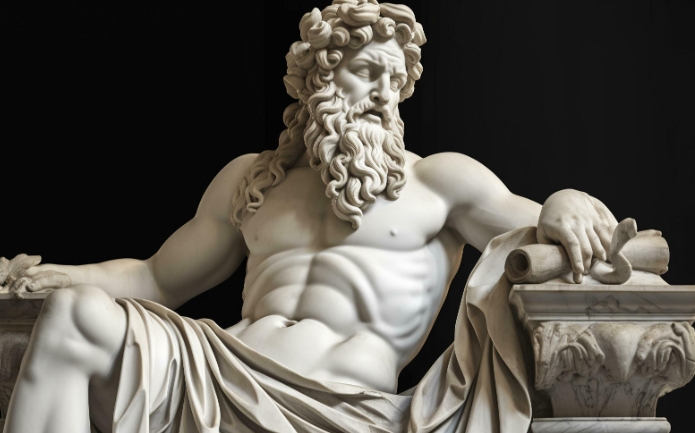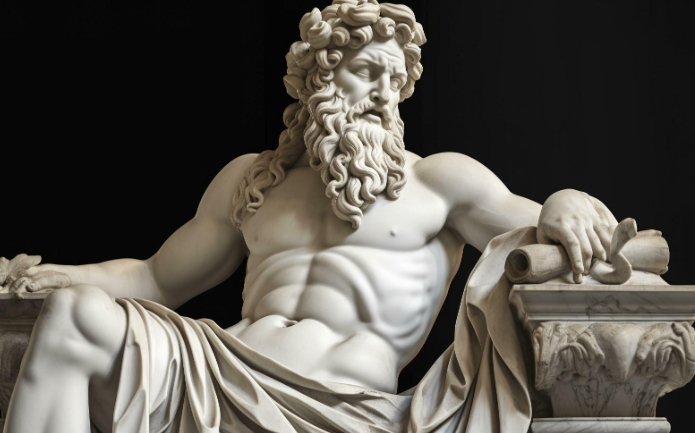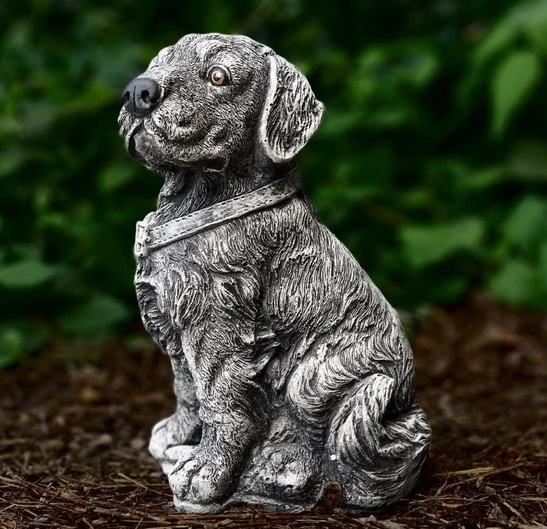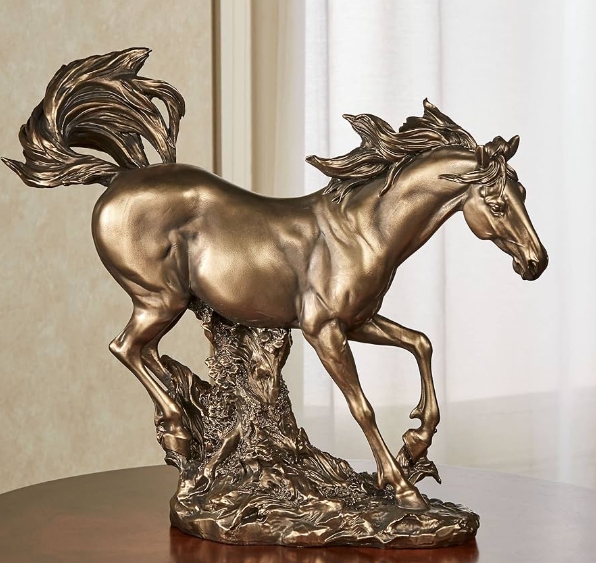Greek god statues are a symbol of ancient Greek art and cultural heritage, reflecting the ancient Greeks’ superior skills in sculpture and their deep respect for the gods. These statues are not just recreations of gods, they are beautiful works of art that capture Greek mythology, philosophy and social values. Each statue is a testimony to the skill and creativity of ancient Greek sculptors, who carefully carved these gods in marble and bronze.
One of the most famous features of Greek god statues is their depiction of physical perfection. The ancient Greeks believed that their gods possessed idealized human forms, and this belief was reflected in their statues. This pursuit of perfection is fully demonstrated in the detailed muscle structure, balanced proportions and dynamic postures. Muscular Greek Sculpture, in particular, demonstrates this insistence on anatomical accuracy. These statues often depict gods such as Zeus, Apollo and Hercules, showing powerful postures with carefully carved muscle lines, highlighting strength and divinity.
The artistic techniques used to create Greek god statues have had a profound impact on later artists. The Greeks developed many methods, such as diagonal balance (contrapposto), to create a sense of movement and naturalness by shifting the weight of a statue onto one leg. This technique, combined with their understanding of human anatomy, enabled sculptors to create statues that appear lifelike. Exquisite detailing, from flowing drapery to expressive facial features, further enhanced the realism and beauty of these statues.
Greek god statues also played an important role in religion and civic life. They were often placed in temples, sanctuaries, and public places as objects of worship and symbols of community pride. These statues not only embodied the gods, but also served as reminders of the city’s dedication and cultural achievements. Festivals and rituals often involved these statues, emphasizing their importance in daily life and spiritual practice.
In short, Greek god statues are a profound embodiment of ancient Greek art and thought. Through their depiction of idealized forms and exquisite craftsmanship, these statues left an indelible mark on the world of art and culture. Muscular Greek Sculpture exemplifies the Greeks’ pursuit of perfection, capturing the power and divinity of their gods in stone and bronze. Today, these statues continue to inspire reverence and admiration, reminding us of the lasting legacy of Ancient Greece.




